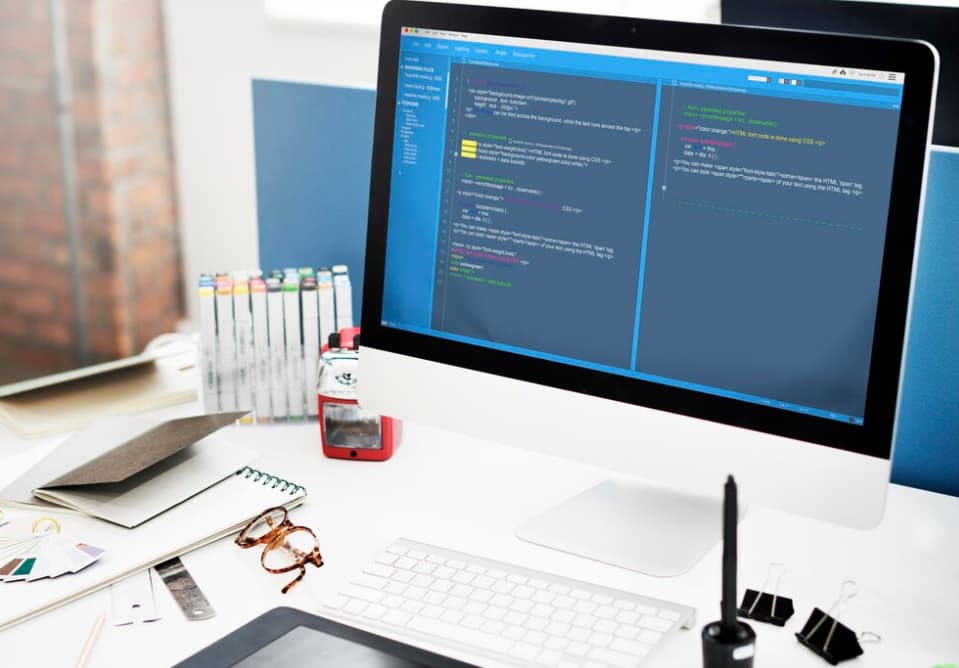In the realm of web development, achieving seamless integration between various design elements and frameworks is crucial for creating visually appealing interfaces. One such integration challenge arises when combining the functionality of AngularJS with the aesthetic standards of Twitter Bootstrap, especially concerning checkboxes. Standard HTML input checkboxes often fall short in terms of visual compatibility with Bootstrap’s design principles. This gap has led to the development of a custom solution: the Angular-Bootstrap Checkbox.
While exploring the functionalities of the Angular-Bootstrap Checkbox, users can seamlessly enhance their experience by incorporating ngcart into their projects, providing efficient management for cart functionalities within Angular applications.
The Angular-Bootstrap Checkbox

The Angular-Bootstrap Checkbox is a custom component designed to harmonize the standard checkbox functionality with the sleek design of Bootstrap. Traditional checkboxes, which rely on the HTML input element, tend to clash with Bootstrap’s design ethos. Addressing this issue, the Angular-Bootstrap Checkbox emerges as a polished alternative, utilizing buttons and Glyphicons to mimic the behavior of a traditional checkbox while ensuring aesthetic coherence with Bootstrap.
This custom checkbox is fully compatible with AngularJS’s original input[checkbox] directive, with a slight modification in handling the state of the model. Unlike the original directive that permits an “uninitialized” state, the Angular-Bootstrap Checkbox enforces a binary state: “false” or “ng-false-value” for unchecked, and “true” or “ng-true-value” for checked scenarios. This modification ensures a more deterministic state management for the model.
Installation
To integrate the Angular-Bootstrap Checkbox into your project, it can be installed via Bower with the following command:
$ bower install angular-bootstrap-checkbox --saveUsage
Incorporating the Angular-Bootstrap Checkbox into your AngularJS application is straightforward. First, add “ui.checkbox” to your module’s list of dependencies. Then, the checkbox can be utilized in your HTML templates similarly to the AngularJS input[checkbox], with additional options for customization and styling:
<checkbox ng-model="checkboxModel"
name="custom-name" <!-- Optional -->
ng-true-value="The Truth" <!-- Optional -->
ng-false-value="The Untruth" <!-- Optional -->
ng-change="onChange()" <!-- Optional -->
indeterminate="true" <!-- Optional -->
ng-indeterminate-value="test" <!-- Optional -->
></checkbox>Size and style customizations allow the checkboxes to be adapted to various design requirements, ensuring consistency with Bootstrap’s button styles:
<checkbox ...></checkbox> <!-- Normal size -->
<checkbox large ...></checkbox> <!-- Large size -->
<checkbox larger ...></checkbox> <!-- Larger size -->
<checkbox largest ...></checkbox> <!-- Largest size -->
<checkbox class="btn-primary"></checkbox> <!-- Primary button style -->
<checkbox class="btn-success"></checkbox> <!-- Success button style -->
<checkbox class="btn-info"></checkbox> <!-- Info button style -->
<checkbox class="btn-warning"></checkbox> <!-- Warning button style -->
<checkbox class="btn-danger"></checkbox> <!-- Danger button style -->Testing and Examples

For those interested in exploring the capabilities and implementation of the Angular-Bootstrap Checkbox, example files (index.html and app.js) are provided. Testing the component can be easily conducted by starting a web server (e.g., using Python’s SimpleHTTPServer) and running Karma E2E tests.
Conclusion
This innovative component not only bridges the gap between AngularJS and Bootstrap but also enhances the user interface design, providing developers with a versatile tool for creating aesthetically pleasing web applications.